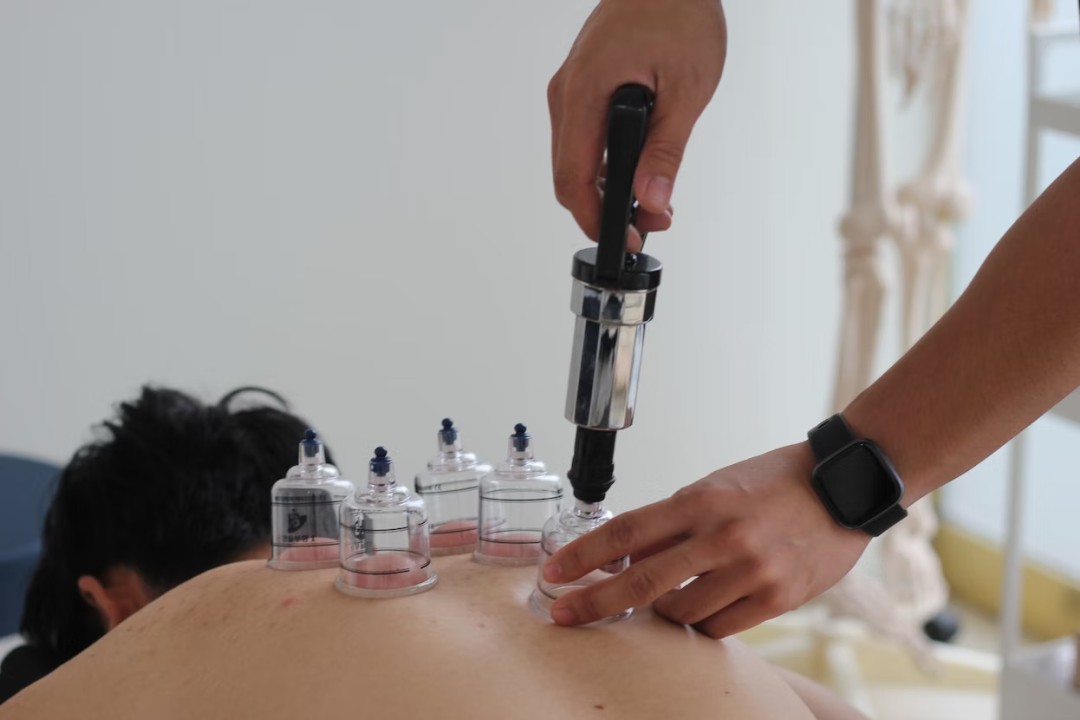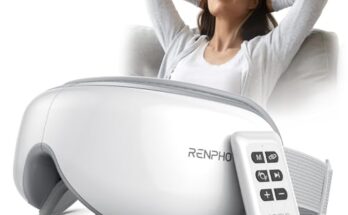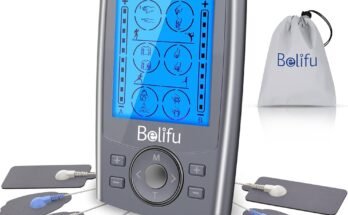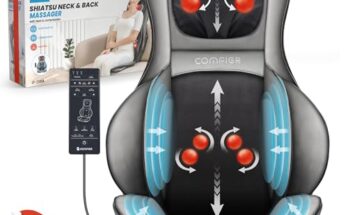When receiving a massage, the body responds by increasing blood flow and releasing endorphins, which can help reduce pain and tension. Massage also stimulates the lymphatic system, aiding in the removal of toxins and boosting the immune system.
Additionally, it can decrease cortisol levels, promoting relaxation and reducing stress. Furthermore, the physical manipulation of muscles can improve flexibility, range of motion, and overall physical performance. Overall, regular massage therapy can have profound effects on both the physical and mental well-being of individuals, making it a popular choice for holistic healthcare.
Whether it’s to alleviate pain, reduce stress, or enhance athletic performance, the body’s response to massage makes it a versatile and effective treatment option for many.

Credit: m.facebook.com
The Science Behind Massage Therapy
Before indulging in a soothing massage, it’s crucial to understand the science behind this therapeutic practice. The human body’s response to massage goes beyond mere relaxation; it encompasses a myriad of physiological changes that are intricately linked to our overall well-being.
Effect On The Nervous System
Massage therapy plays a key role in regulating the nervous system by stimulating the parasympathetic response. This helps to reduce feelings of stress and anxiety while promoting a sense of calm and balance. The gentle pressure applied during a massage also aids in releasing endorphins, the body’s natural painkillers, thereby alleviating discomfort and enhancing relaxation.
Impact On Circulation
Massage therapy facilitates improved blood circulation and lymphatic drainage. The rhythmic movements applied during a massage assist in promoting better blood flow throughout the body, which in turn helps in the delivery of oxygen and nutrients to the tissues. Additionally, enhanced lymphatic drainage aids in the elimination of toxins and waste products from the body, contributing to improved overall health.
Physical Responses To Massage
In response to massage therapy, the body exhibits various physical reactions that contribute to its overall restoration and well-being. The physical responses to massage encompass a range of benefits, including muscle relaxation and the release of tension which play vital roles in soothing the body and promoting recovery.
Muscle Relaxation
Massage induces muscle relaxation by increasing blood flow and circulation, which allows oxygen and nutrients to reach targeted muscles more effectively. Moreover, the manipulation of soft tissues during a massage session helps to alleviate muscle tension and contraction, thereby promoting a sense of ease and suppleness within the muscles. This enhanced relaxation aids in reducing discomfort and enhancing mobility.
Release Of Tension
During a massage, the release of tension is facilitated through the reduction of stress hormones such as cortisol and the activation of the body’s parasympathetic nervous system. This combination of physiological responses allows for the loosening of tight muscles, leading to an overall sense of physical and mental ease. As tension dissipates, individuals often experience an improved range of motion and decreased discomfort in their bodies.
Psychological Benefits
Reduction In Stress Levels
A massage can help reduce stress by releasing endorphins, the body’s natural stress-fighters.
It promotes relaxation and calmness, alleviating anxiety and tension in both the body and mind.
- Increases feelings of overall well-being
- Helps lower cortisol levels
Improvement In Mood
Massage therapy can lift your mood through the release of serotonin and dopamine.
Enhances feelings of happiness and contentment, reducing symptoms of depression.
- Boosts emotional well-being
- Promotes better mental health

Credit: remedyhealth.live
Role Of Massage In Pain Management
Massage therapy is a well-known complementary treatment that has been used for centuries to alleviate various physical discomforts. Among its wide range of benefits, one of the most significant roles of massage is its ability to manage pain effectively. Massage therapy provides relief from pain by addressing its underlying causes, promoting relaxation, and encouraging the body’s natural healing mechanisms, resulting in enhanced overall well-being. In this article, we will explore how massage plays a crucial role in pain management, specifically focusing on alleviating chronic pain and enhancing recovery.
Alleviating Chronic Pain
Chronic pain, often lasting for long durations, can significantly impact a person’s quality of life. Traditional medical interventions, such as medications or surgery, may not always provide the desired relief. This is where massage therapy steps in, offering a holistic approach to pain management. Through skilled manipulation of soft tissues, massage helps reduce muscle tension and inflammation, providing relief from chronic pain.
- Massage improves blood circulation, ensuring an adequate supply of oxygen and nutrients to the affected areas, supporting healing and reducing pain.
- It encourages the release of endorphins, which are natural pain-relieving hormones that promote a sense of well-being and reduce discomfort.
- The gentle pressure and stretching techniques employed during massage help decrease muscle spasms and knots, restoring flexibility and reducing chronic pain.
Enhancing Recovery
Besides alleviating chronic pain, massage therapy also plays a vital role in enhancing recovery from injuries or strenuous physical activities. Whether it’s a sports-related injury or general muscle fatigue, massage can speed up the recovery process and improve overall physical performance. Here’s how massage aids in recovery:
- Massage helps eliminate toxins and metabolic by-products from the muscles, thereby reducing inflammation and enhancing the body’s ability to heal itself.
- It promotes the repair of damaged tissues by increasing the supply of oxygen and nutrients to the affected areas, which aids in the formation of new tissue and accelerates recovery time.
- Through gentle stretching and relaxation techniques, massage alleviates muscle discomfort and stiffness, facilitating a faster recovery and restoring optimal mobility.
By understanding the vital role of massage in pain management, we can appreciate its effectiveness beyond the immediate relief it provides. Whether it’s chronic pain or recovery from injury, massage therapy offers a natural and holistic approach to alleviate pain, enhance healing, and improve overall well-being.
Boosting The Immune System
Massage stimulates the immune system by increasing blood flow and enhancing lymphatic drainage. This helps the body eliminate toxins and boost immunity to fight off illnesses effectively. The relaxing touch of massage promotes a healthy response from the body’s defense mechanisms.
Strengthening Immune Function
When it comes to boosting the immune system, massage therapy has a powerful role to play. Through various techniques, massage stimulates the body’s natural defense mechanisms, strengthening immune function. By promoting healthy blood circulation and lymphatic flow, massage aids in the distribution of protective white blood cells and antibodies throughout the body. This helps to ward off infections and illnesses, allowing the immune system to function at its optimal level. In addition, regular massage sessions can decrease the levels of stress hormones, such as cortisol, which can weaken the immune system. By reducing stress and increasing relaxation, massage therapy gives a much-needed boost to your immune system’s ability to fight off pathogens and keep you healthy.Reducing Inflammation
Inflammation is a natural response of the immune system to injury or infection. However, chronic inflammation can have detrimental effects on overall health. Massage therapy can effectively reduce inflammation by increasing blood flow to affected areas and reducing the production of pro-inflammatory cytokines. Through gentle pressure and specific movements, massage helps to break up adhesions and decrease the accumulation of inflammatory fluids. This can provide relief from inflammatory conditions such as arthritis, sinusitis, and autoimmune disorders. By reducing inflammation, massage therapy not only alleviates pain and discomfort but also supports the body’s healing process, allowing for improved immune response and overall well-being. By incorporating regular massage therapy into your wellness routine, you can proactively strengthen your immune function and reduce inflammation. Whether you’re seeking relaxation or specific therapeutic benefits, massage has the power to boost your body’s immune response and promote optimal health. Take the time to prioritize self-care and give your immune system the support it needs to thrive.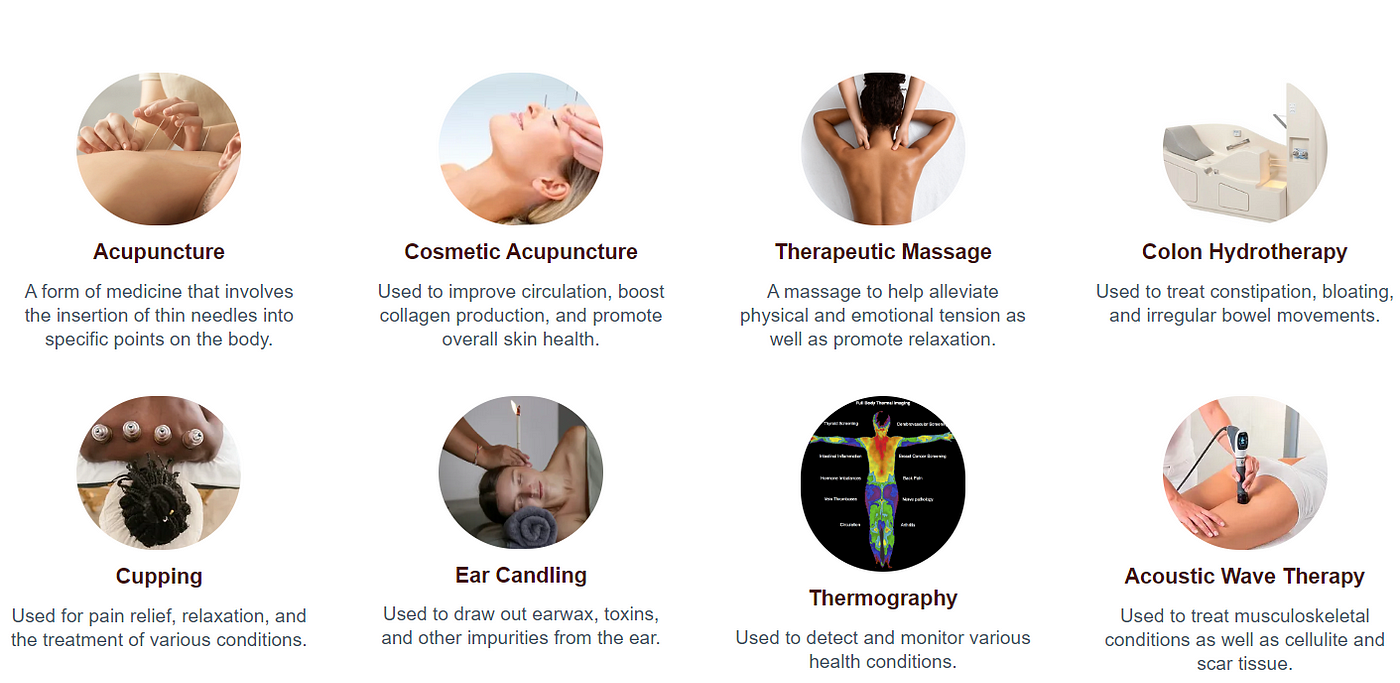
Credit: medium.com
Frequently Asked Questions Of How Does The Body Respond To Massage
What Are The 2 Responses Of Body To Body Massage?
Body to body massage elicits two main responses: relaxation and increased circulation throughout the body. This therapeutic technique can help reduce stress and tension while promoting overall well-being.
How Does Muscle Respond To Massage?
Massage can improve muscle circulation and reduce tension. It helps release toxins and increase flexibility. This leads to better recovery and improved performance.
What Does Your Body Release When You Get A Massage?
During a massage, your body releases endorphins, which are feel-good hormones that reduce pain and promote relaxation.
What Happens To The Nervous System During Massage?
During a massage, the nervous system gets activated, promoting relaxation and reducing stress. The massage stimulates the release of endorphins and triggers the parasympathetic response, leading to a decrease in heart rate, blood pressure, and muscle tension while increasing overall relaxation and well-being.
Conclusion
After a rejuvenating massage, your body’s relaxation response kicks in, reducing stress levels and enhancing overall well-being. Massage therapy stimulates blood flow, loosens tight muscles, and promotes a sense of calmness. Experience the incredible benefits of massage and let your body unwind naturally.
Embrace the power of self-care today.
